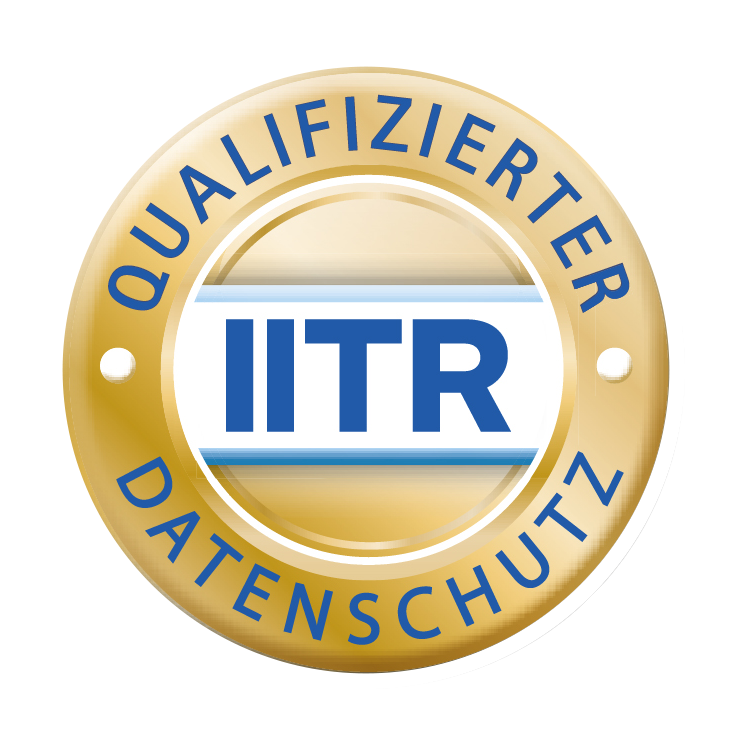By Ferdinand Netsch, September 2024

USE OF TECHNOLOGY AND COSTS
- IT costs: We analyze the IT costs for the last 24 months:
- Excessive IT costs
Example: outdated and costly telephone, internet or firewall contracts. - Obsolete costs: We compare the users per software specified by IT with the statements made by employees
Example: Tools and software that are billed but nobody uses.
- Excessive IT costs
- IT budget: We zoom into budget and look for:
- Excessive investments in IT infrastructure. The budget should match the size and type of operation; alternatives are suggested for unnecessary investments in hardware that is too expensive.
Example: What redundancy is planned for backups, what is the availability for different data types? - Excessive service levels from external partners: To what extent are agreed hourly rates utilized each year? Are the hourly rates in line with the market?
Example: The external IT service provider has included infrastructure support in a fixed monthly fee, but the agreed times are set too high.
- Excessive investments in IT infrastructure. The budget should match the size and type of operation; alternatives are suggested for unnecessary investments in hardware that is too expensive.
- Security check and infrastructure check: with the help of 140 questions, we can provide an assessment of IT security and infrastructure. The IT department only has to tick boxes for each question. We identify gaps and recommendations for action.
Example: Do you use monitoring tools for network status messages? Do you use secure connections (e.g. SSL) for administration?
- Scalability / cloud usage: Are cloud microservices used to fulfil the requirements of certain services for high availability, security and scalability?
Example: Use of AWS Simple Email Service which can send up to 60,000 emails per second for a few cents a month, instead of an extra server for bulk emails that costs hundreds of euros a month and only runs at full capacity three days a month.
USE OF DATA
- DSGVO / GDPR: Data protection is a wide-ranging topic. We conduct a short survey to find out which critical elements are in place or not.
Example: Are there documented order processing agreements, a register of processing activities, employee training, data protection declaration and data protection officer?
- Data management: In data warehousing, people like to talk about the “single source of truth,” the master data set that everyone in the company can rely on. We analyze the consistency of the data that employees work with.
Example: Customer orders are maintained in the ERP and processed in various systems, such as in accounting for invoicing or in the warehouse for inventory management. The aim is to ensure that all systems access the same, up-to-date data records to avoid errors and inconsistencies.
- Networking: We look at how the connections between software and whether there may be value to be realised by connecting two systems.
Example: Use of a CRM system and a separate marketing platform. By integrating these two systems, marketing campaigns can be tailored more specifically to customer needs based on the customer data stored in the CRM.
- Data storage /AI readiness: When storing data for years in a data warehouse, data lake or anything in between, companies can use this source as a basis for far-reaching analyses and train customized AIs.
Example: A retailer uses historical sales data from its data warehouse to develop an AI that predicts future order quantities and thus optimises stock levels.
- Data availability: Is data easily accessible? Are there dashboards or filter interfaces?
Example: Does a sales representative first have to go to the PC or call someone to retrieve the current price for an item, or can he get it via a web application on his mobile phone/iPad?
PROCESSES
Many processes can be significantly simplified or automated through the better use of tools such as the Microsoft 365 environment.
- Documented processes: We ask various departments about documented processes and analyse the potential for automation.
Example: “When a customer calls and we record a complaint, we create a complaint log. We then send this to the responsible plant manager, who checks the batches, gives feedback and then completes the document.” Alternative: Completion of a Microsoft form by customer service, which then controls the further route of the documents and information through the company itself and thus avoids e-mail traffic.
- Recurring reporting: We ask managers which reports are created on a weekly, monthly or quarterly basis and how the data is collected and processed.
Example: Once a month, all salespeople receive an automated email with a follow-up asking them to provide their assessment of the market, the current high-potential customers, etc. via a Microsoft Forms link. This data is then made available to the sales manager in a dashboard.
EMPLOYEE COMPETENCE AND CULTURE
We talk to employees from various departments and ask them questions:
- Satisfaction: How well do the systems you work with function?
Example: “I have very poor Wi-Fi reception in the office, so I prefer to work from home”.
- Suggestions: Is there any software or inexpensive tools that would make the work much easier?
Example: “We always type up annual financial statements manually, even though it would cost 15 cents per report using an online tool”.
- Knowledge of LLMs / AI adoption: Do employees know about or work with general intelligence that can significantly speed up information retrieval or processing?
Example: “I type the commentary on the monthly sales report myself”.
- Training: Are employees sufficiently trained to really benefit from the available software? Do they have contact persons they can ask in case of doubt, who act as experts or key users?
DIGITAL INNOVATION
We analyse which options and software tools employees know and use to promote digitally supported innovation within the company.
- Proof of concepts and MVPs: Do you work with minimal products and proofs of concept?
Example: Are customers asked about the desire for a product, based on the presentation of a minimal product, before many resources are spent on development?
- Simulation: Can the company simulate options or complex relationships?
Example: Simulation of new products or services, ROI simulation for IT investments, simulation of failure scenarios
- Analysing the digital / innovation strategy: Using a questionnaire, we talk to employees to determine whether they are aware of an overarching strategy, know their role in it, contribute to it via verifiable KPIs and have the goal in mind.
Example: There is a digital strategy, but employees do not know about it and therefore do not act in its interests.



